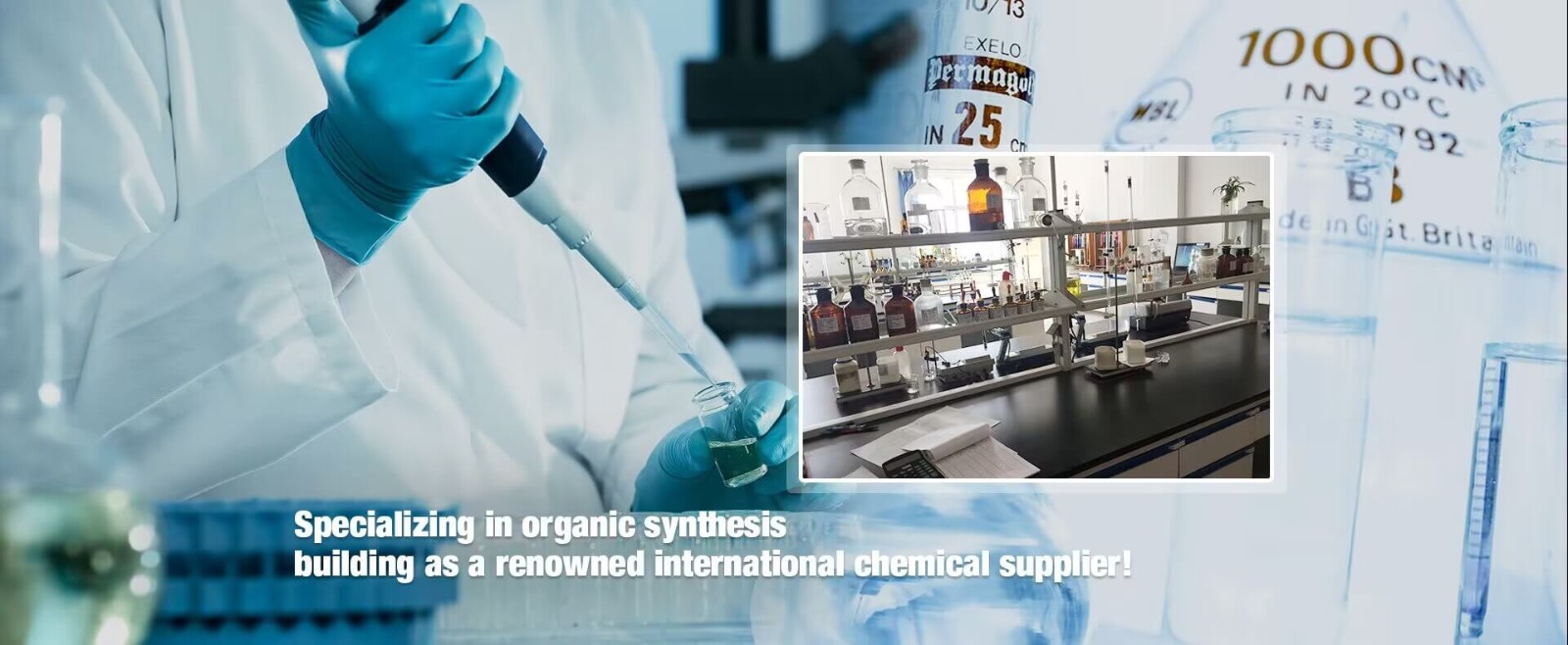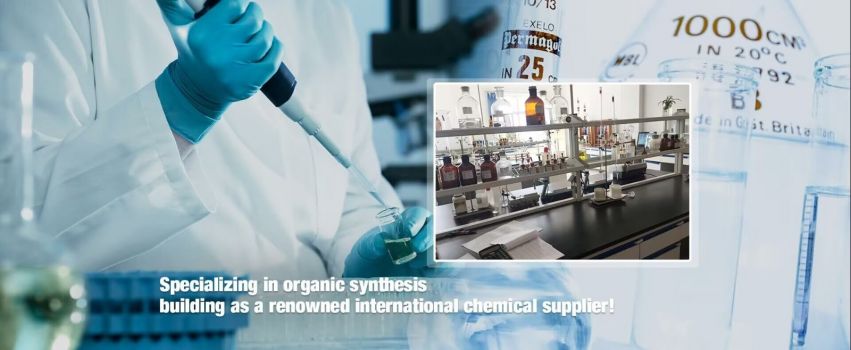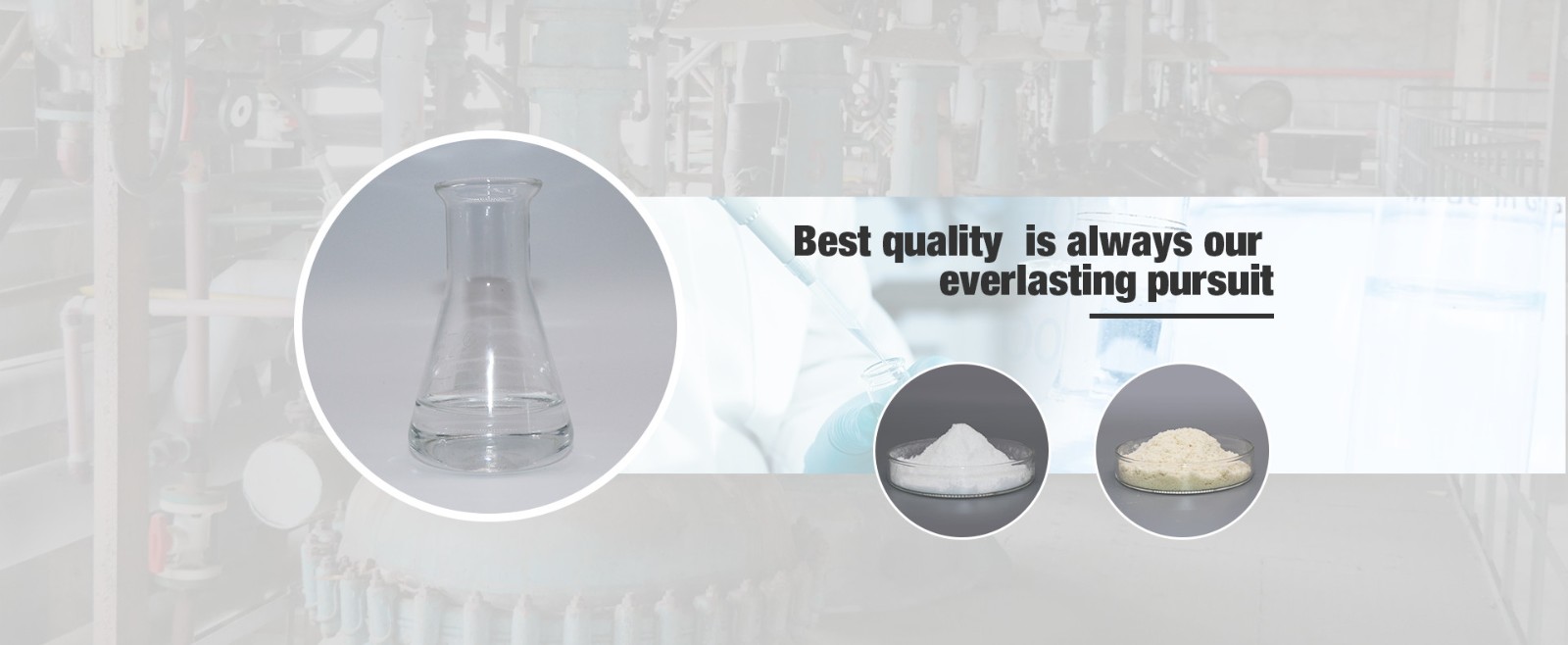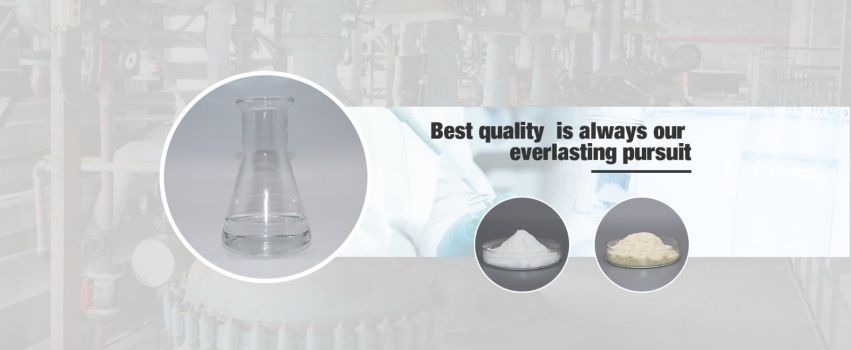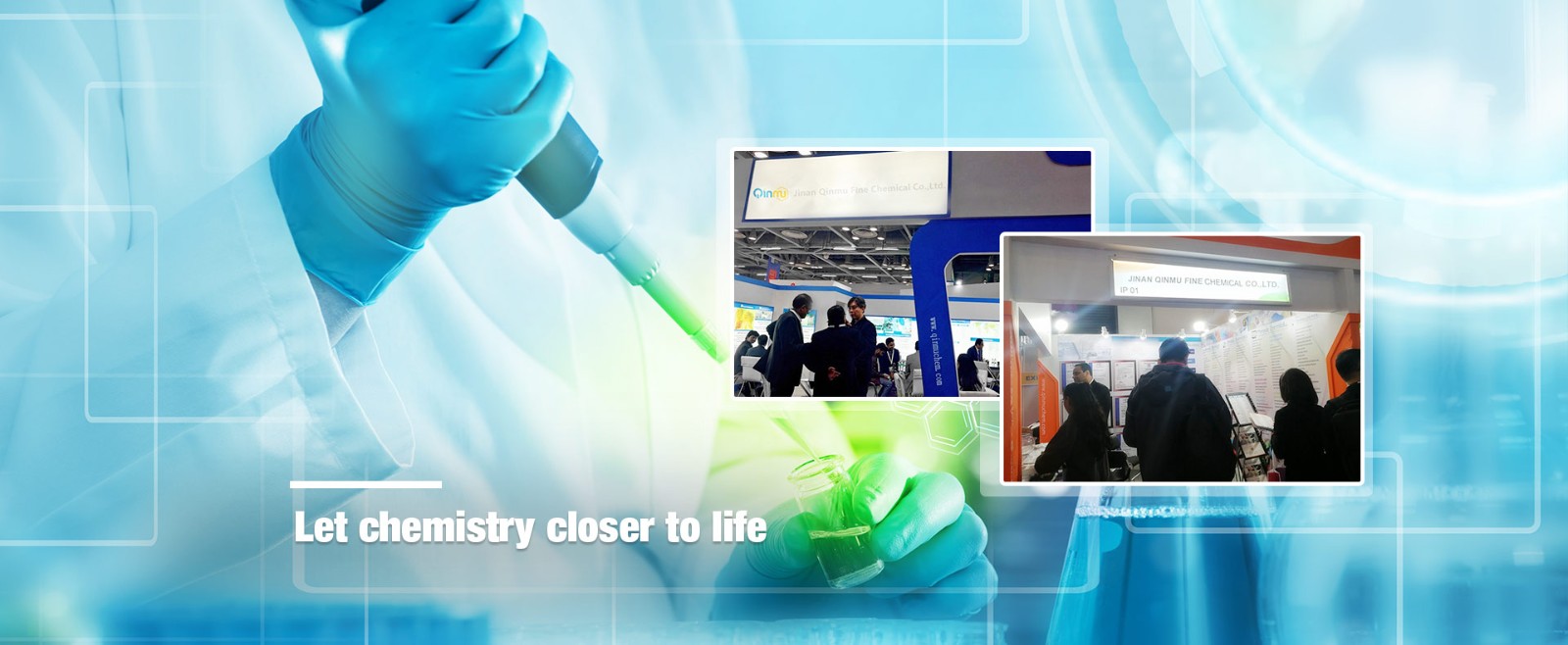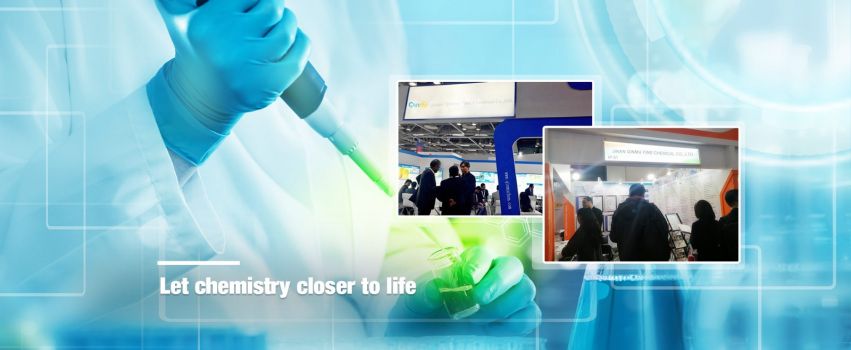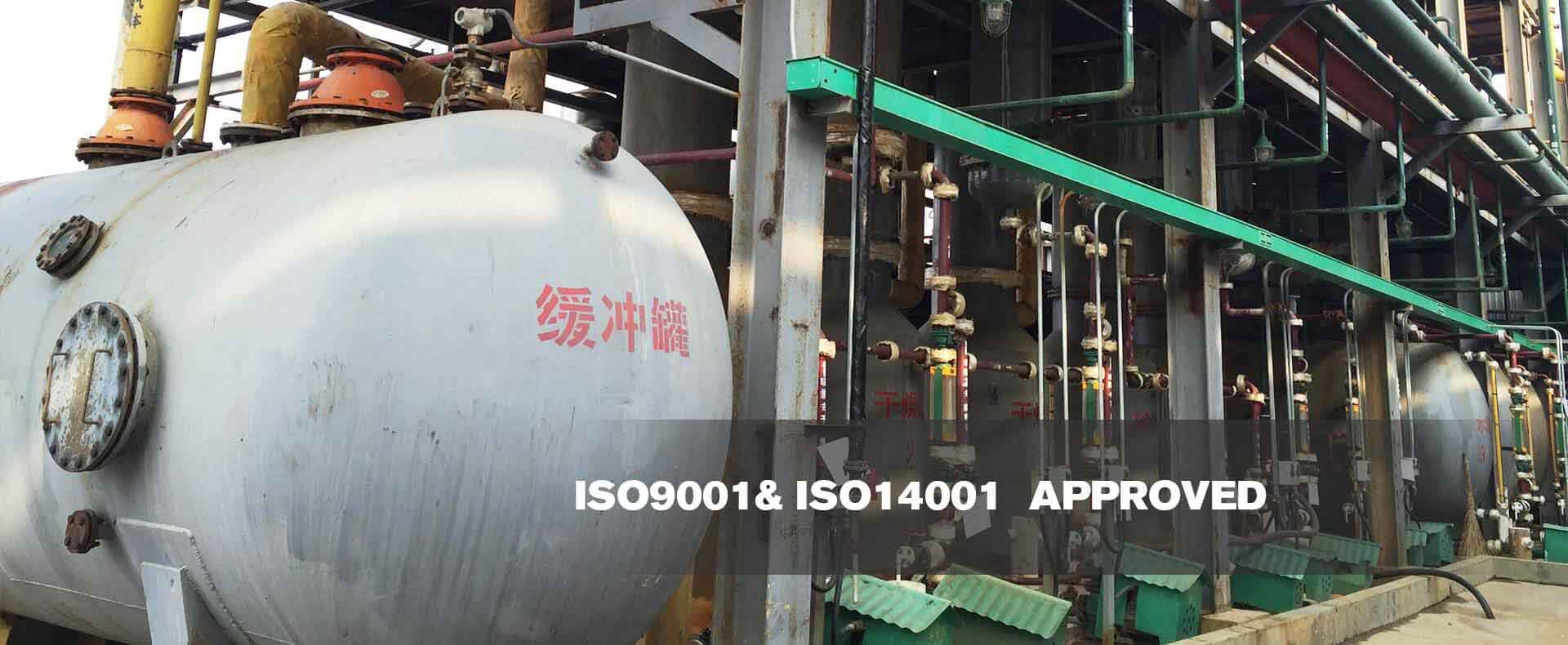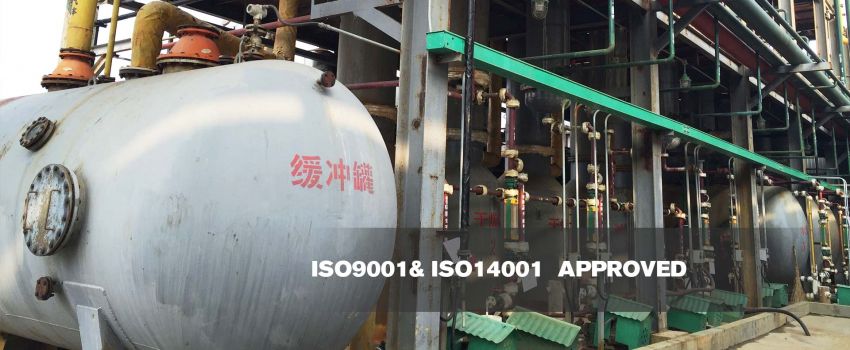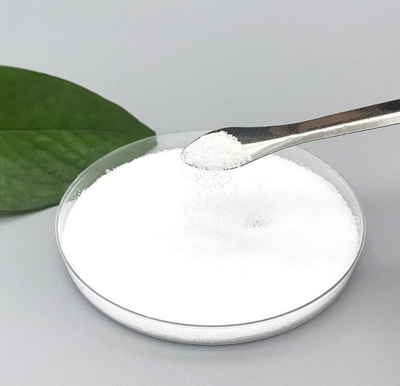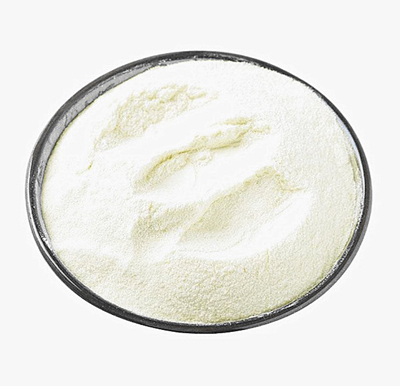What Are Surfactants?
Nov. 07, 2022
Removing oil stains with water can be difficult, so manufacturers add surfactants to their cleaning products. Surfactants are essentially cleaning agents. Soap is an example, although these days manufacturers tend to use synthetic detergents.
They are actually very clever chemicals with two opposite ends. One end of the chemical is soluble in water and the other end is soluble in fat. The surfactants therefore help to mix the oil and water (often on top of each other). When you place a liquid on top of an oil, it creates a lot of surface tension. By mixing the two, the surfactant reduces this surface tension and helps to wash away both oil and water-based stains.
The chemistry of surfactants is complex and most cleaning products use a carefully selected blend of surfactants (for example, fabric softeners require different surfactants to wash hands). Surfactants are classified according to the "chemical charge" of their water-soluble ends.
1. Ionic (charged surfactants)
An ionic surfactant is a surfactant with an electrical charge.
There are three types of ionic surfactants.
Anionic (negatively charged)
Cationic (positively charged)
Amphoteric (contains both positive and negative charges)
Dodecylbenzene Sodium Sulfonate CAS No.: 25155-30-0
Anionic surfactants are commonly found in laundry detergents, hand soaps, kitchen cleaners and body washes. They are the most widely used and versatile surfactants. They are most effective in removing oily residues. However, as the most effective surfactants, they can also cause skin irritation.
Anionic surfactants are the most popular and widely used surfactants and can be found in almost all cleaning products. It is estimated that 45% of the $46 billion global surfactant market is made from anionic surfactants alone. The most popular anionic surfactants are.
Sodium dodecyl sulphate (SLS)
Sodium lauryl ether sulphate (SLES)
Ammonium dodecyl sulphate (ALS)
Ammonium Laureth Sulphate (ALES)
Sodium Stearate
Potassium cocoate
Anionic Surfactants
Anionic surfactants can be produced from a range of raw fats and oils, including soya, palm, tallow and coconut. This has led to the development of milder anionic surfactants, such as 'potassium cocoate', which can reduce skin irritation and palm oil consumption while improving ecological sustainability (albeit at a higher price).
The other two ionic surfactants are used much less frequently.
Cationic surfactants are commonly found in fabric softeners and disinfectants. They are less common in household products, but cationic surfactants are more effective at killing microorganisms and are therefore used as disinfectants.
Amphoteric surfactants are most commonly found in shampoos and body washes. These are the least potent surfactants and can be found in personal care products designed for sensitive skin. They are also good foaming agents and are therefore also used in hand soaps.
2. Non-ionic (uncharged)
Non-ionic surfactants do not contain an electrical charge. They are usually found in laundry and dishwasher detergents. They are the second most widely used surfactants after anions. These molecules are not charged, so they are less likely to form "soap scum" in hard water. They are generally less effective than anions, but cause less skin irritation in some people.
If anionic surfactants are the most popular surfactants, non-ionic surfactants are a close second and are used in a wide range of cleaning, personal care and disinfection products as well as industrial processes. The most common anionic surfactants are.
Cocamide monoethanolamine (cocamide MEA)
Cocamide diethanolamine (cocamide DEA)
Fatty alcohol ethoxylates
Amine oxide
Sulfoxide
Non-ionic surfactants are sold in greater quantities in areas with hard water (high mineral content) as they are less likely to form soap scum. Non-ionic surfactants are less likely to cause skin irritation, but this is associated with a weaker cleansing ability.
Most cleansing products mix anionic and non-ionic surfactants to balance the cleansing potential with the risk of skin irritation.
-
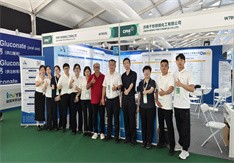
Qinmu's CPHI China 2025 Exhibition Ends Perfect
Jul. 01, 2025
-
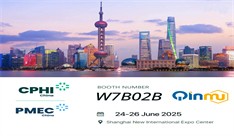
CPHI & PMEC China (Shanghai) 2025 --- we are coming!
Mar. 14, 2025







